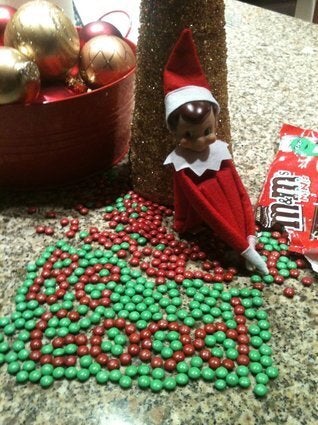All kids love characters that look like them and have experiences they can relate to. When you have a disability, it’s harder to find children’s books, toys and dolls that tell your story.
In her spare time, a mom from the U.K. is fixing that: Clare Tawell, a medical radiation technologist, modifies the U.K. equivalent to North American Elf on the Shelf dolls, Elves Behavin’ Badly, so they have facial or limb differences or medical equipment, such as insulin pumps or hearing aids, that make them more relatable to kids with a range of disabilities and medical diagnoses.
She gets really specific for each elf, for example recreating the exact location and type of cleft lip or palate, or the specific type of feeding tube a child uses.
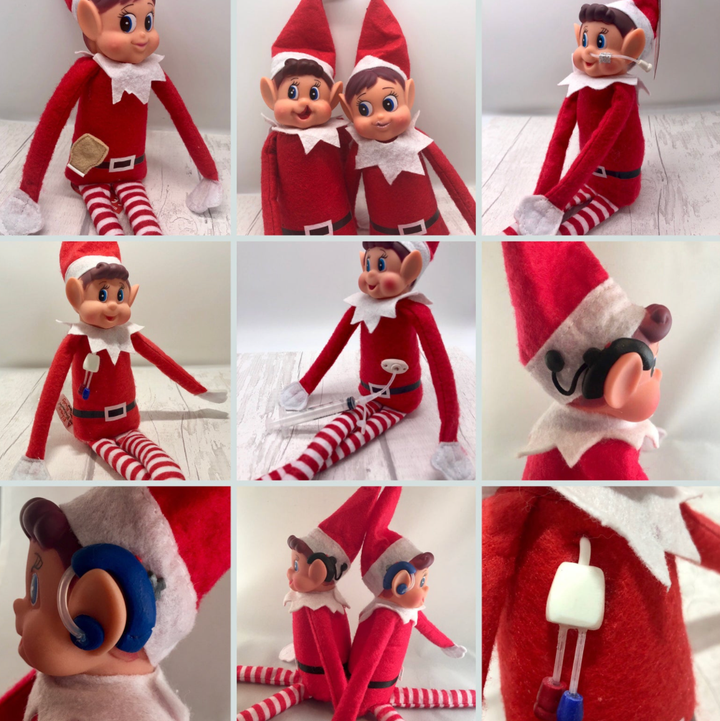
One happy customer wrote on Tawell’s Etsy page, “The kids loved that there was a new elf with a tube like their sister. Thank you for an amazing idea!”
Tawell also modifies other dolls, such as Woody and Jessie from the “Toy Story” franchise, Disney princesses and baby dolls in this fan post by the June Jesse Foundation, a charity that supports the families of kids with medically complex neurological conditions.
She learned to modify dolls, so that she could create a doll for her youngest daughter Matilda, now four, who is deaf. In an interview with Today, Tawell said, “I became really disheartened when I couldn’t find a doll or any toy with hearing aids. It felt to me that society didn’t deem her important and therefore she shouldn’t be acknowledged.”
Today the dolls she makes don’t just have the option of coming with hearing aids ― they come with the assistive devices in a range of customizable colours:
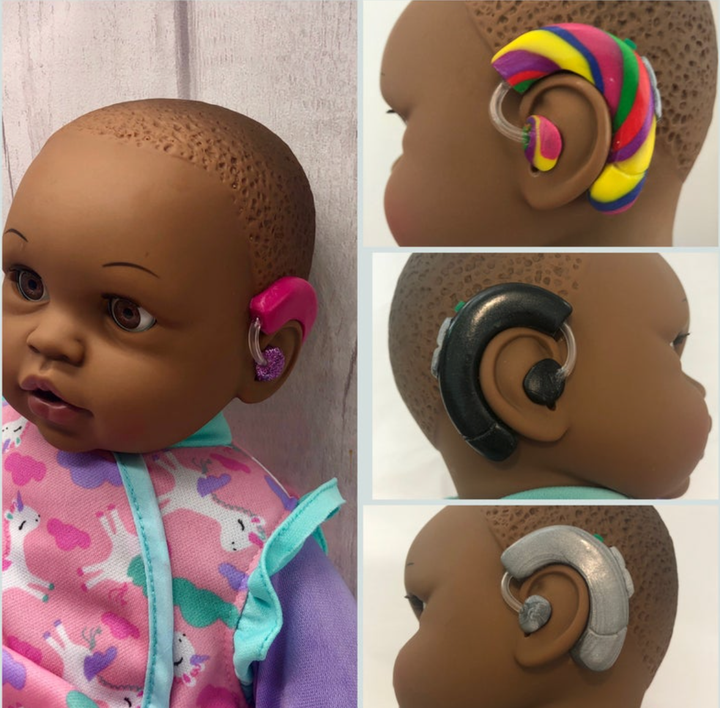
And she caters to kids with a range of disabilities and medical conditions. For example, these cleft-lip baby dolls (below) are customized for each child, and it’s possible to add distinctive details and accessories, if the child has complex disabilities (or a history of surgeries), for example a stoma, scar or a feeding tube.
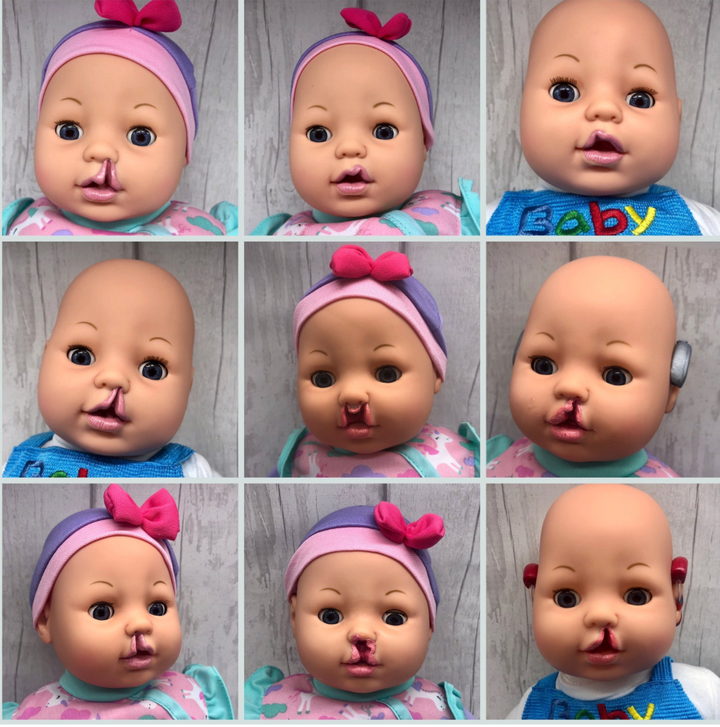
Little kids who wear glasses can choose from different bright accessories too ...
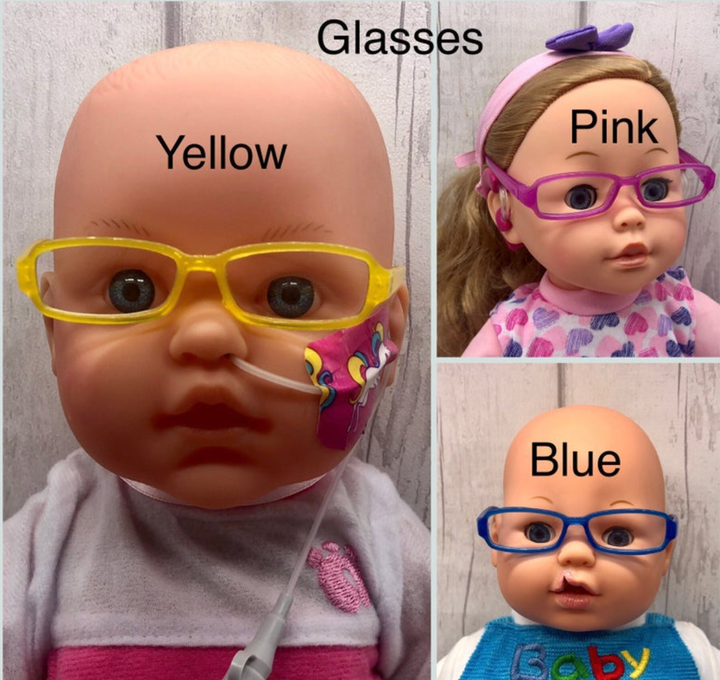
It means a lot to the kids who receive these dolls as gifts. “My niece who is peg fed always tried to feed her dolly the same way she is fed. Now this little baby will let her do that,” wrote another customer in an Etsy review. Other customers shared that after receiving their dolls, their kids became more excited to wear their own equipment, such as glasses and hearing aids.
In an article about the research on representative dolls, Dr Sian Jones, a Teaching Fellow at Goldsmiths, University of London noted that, unlike toys with diverse ethnic representation, toys with disability representation are “all-but absent.” And that’s a problem for all kids.
“There is growing evidence that representative dolls are a good thing. They open dialogue around prejudice and enable discussion and empathy. If such toys are not there, the opportunity for this discussion is lost, she wrote.
And to change societal prejudices, she recommended that we do the work when our kids are young:
“We know that acceptance of prejudice and inequality doesn’t magically appear at 18 years of age. When it comes to fairer representation, there might be no better place to start than the toy box.”
WATCH: This dad strapped a Go-Pro to his family’s Elf on the Shelf, with hilarious results.
